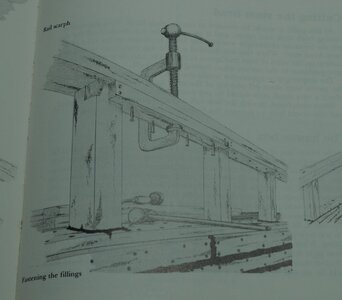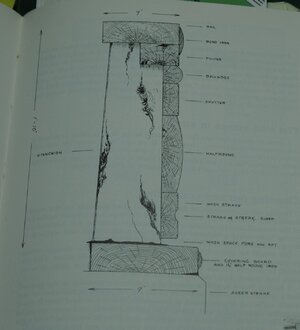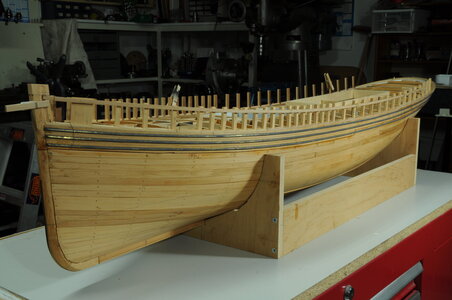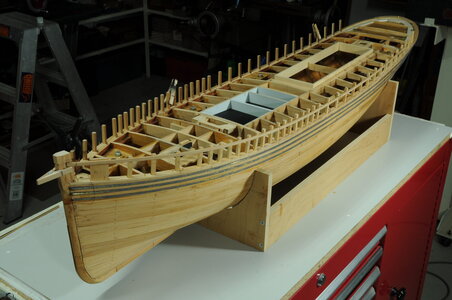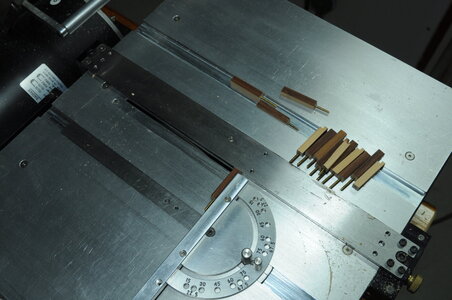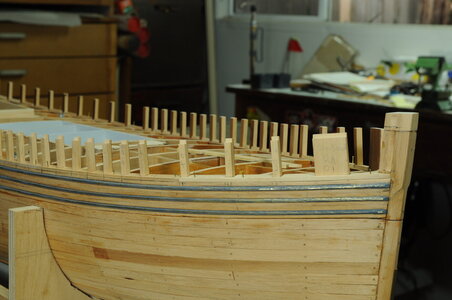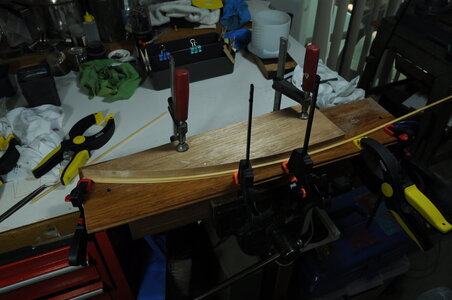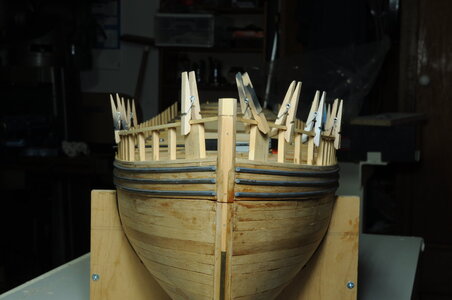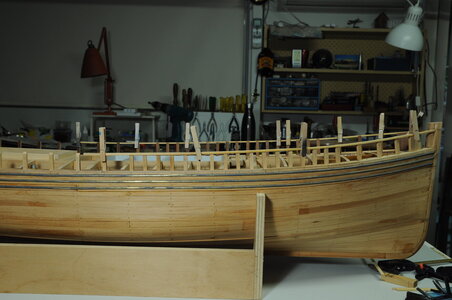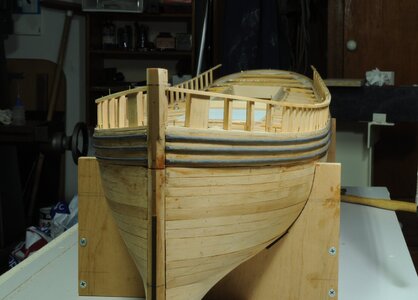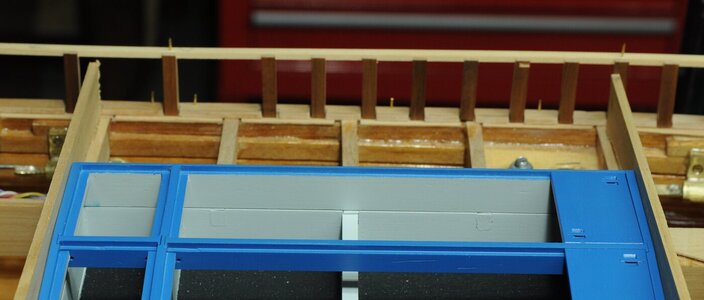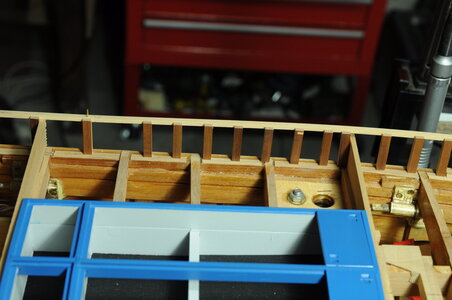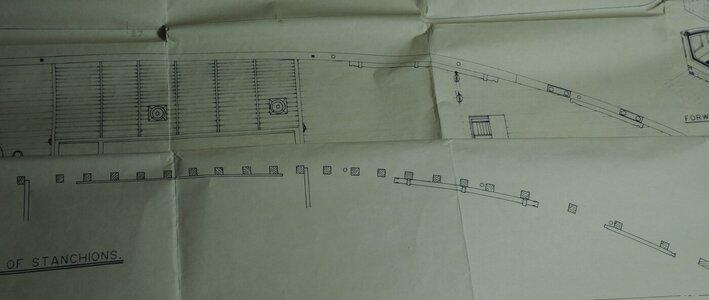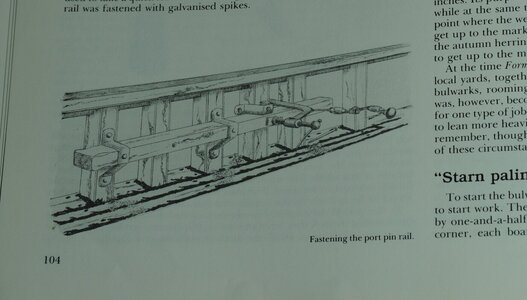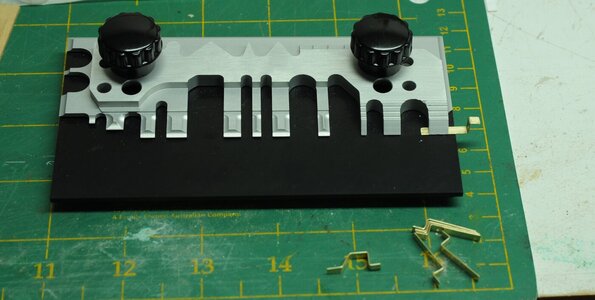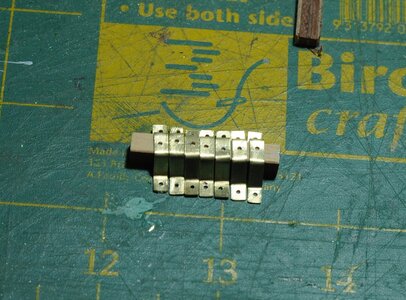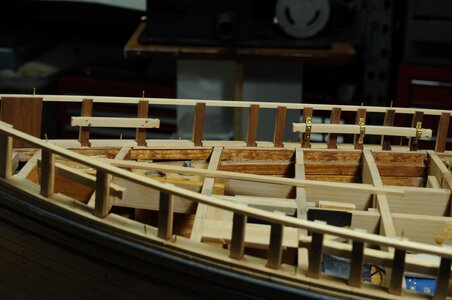Backward Step Then Forward.
I was happy with the progress until I re-discovered a problem I had forgotten about. The problem being some Stanchions don’t line up with the Thwartship Boards something that at the time I thought would be alright, well several months later looking at it again I didn’t think it was alright.
View attachment 297146
What to do, 3 choices came to mind, redo all of the stanchions, leave it the way it is or move the appropriate stanchions. The perfectionist in me thought the only way forward was to redo all of the stanchions which in turn would mean redoing all of the covering boards, not so happy about that idea....
After a couple of days to contemplate, I decided I would do a mock up, moving the appropriate stanchions without pinning and just see how it looked. To my surprise it didn’t look as bad as expected and after a couple of days in their new position I thought it was acceptable, I decided to try modifying the affected covering boards and see how they looked. I think that once a little bit of weathering is done it should be very hard to tell where changes were made.
View attachment 297147
Once I was reasonably happy I proceeded to start work on the Pin Rail and Knightheads steam bending some material roughly to shape. I ended up making a couple of these because there are quite large differences in the plans for the Pin Rails, one plan shows one length while another shows a different length, while one plan was basically the same as Ted Frosts book I decided to go with that.
View attachment 297148View attachment 297149
The Pin Rails needed brackets or Irons to be made these I made from Brass cutting strips then using my Hold “N” Fold to fold the Brass.
View attachment 297150
Then marking and drilling the holes then trimming to length.
View attachment 297151
Fitting onto the model required holding in place and drilling holes for the Brass pins to go into.
View attachment 297152View attachment 297153
Once again after a bit of time has passed, I have decided to re-make the forward pair of the covering boards, the main reason being where the added part lies is right where a freeing port grate is and would be quite visible.
More to come...
That’s enough waffle for now, thanks for looking in and reading my ramblings or just looking at the photo’s and stay safe.
Cheers,
Stephen.







